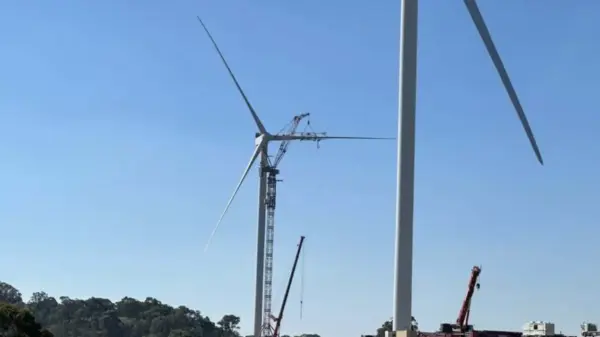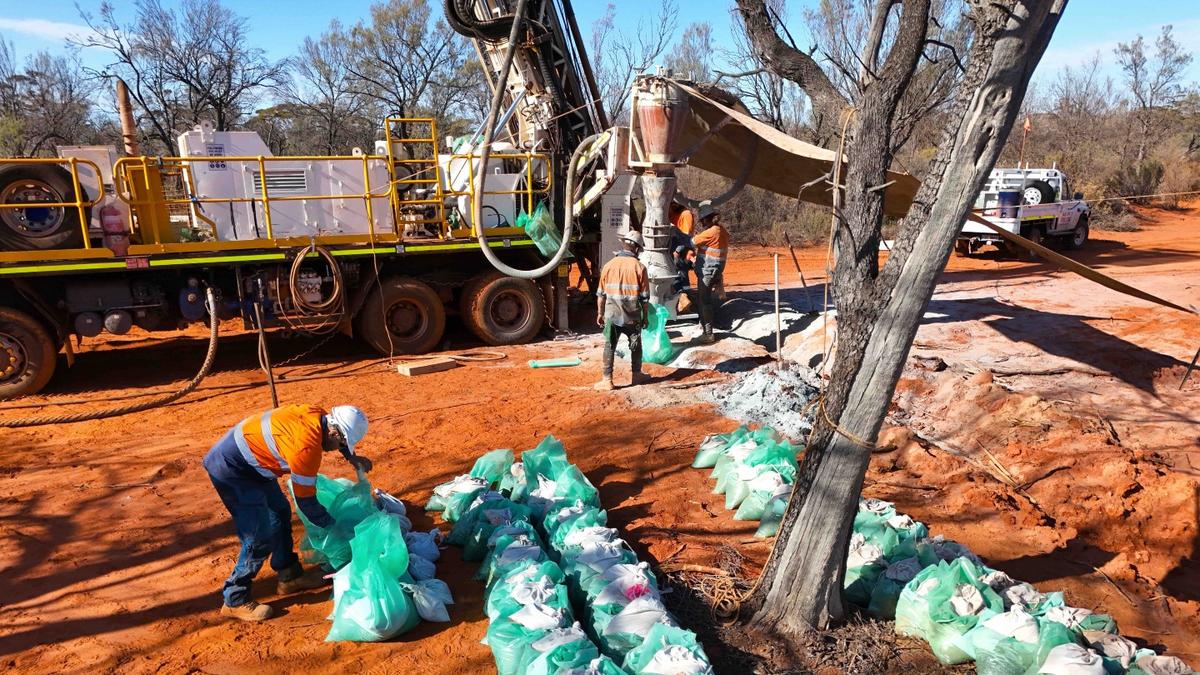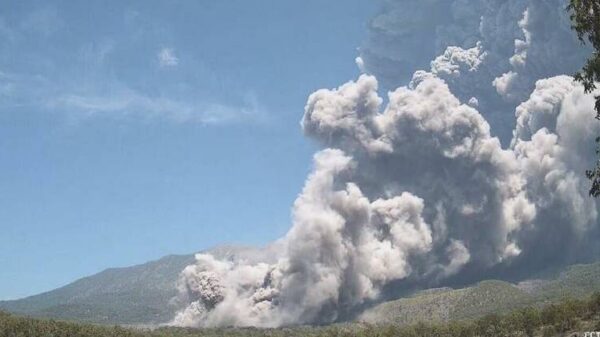Western Mines Group has successfully identified visible mineralisation at its Mulga Tank nickel and copper-cobalt-platinum group element project in Western Australia. This discovery comes from the first four reverse circulation (RC) holes drilled in the company’s latest phase four drilling program. The new holes, located 300 metres south of previous drilling sites, have intersected visible disseminated sulphide mineralisation, marking an extension of known nickel sulphide mineralisation beyond the current resource estimate of over 5 million tonnes of contained nickel.
The phase four drilling program, financed through a recent capital raise and two grants from the Western Australia Government Exploration Incentive Scheme totaling $440,000, includes both RC and diamond drilling. The objective is to define shallow high-grade zones, particularly those with grades around 0.4 percent nickel, which could serve as potential “starter pits,” while also testing deeper basal massive sulphide targets. The RC holes, drilled approximately 400 metres apart, aim to expand the resource and uncover higher-value tonnages.
Advancements in Drilling Techniques
Following the completion of the RC holes, the drill rig transitioned to diamond drilling in the northwestern area of the project, known as the Panhandle. Here, a 131.4-metre diamond tail has been bored on a previous phase three RC hole that ended in mineralised olivine cumulate. This extension aims to examine the footwall contact, confirming the geometry of a 1.3-kilometre-long body identified through aeromagnetic imagery.
Additionally, Western Mines Group has initiated its first EIS-funded diamond hole to log a complete section through the stratigraphy of the komatiite system. This effort builds upon previous phase three results, which confirmed a fertile nickel sulphide environment. The company has also conducted a downhole electromagnetic (DHEM) geophysical survey in July, utilizing four phase three RC holes that intercepted shallow high-grade nickel responses. The DHEM survey detected electromagnetic anomalies associated with sulphide mineralisation in all four holes, including a significant off-hole conductor plate anomaly beneath one of the RC holes.
Future Prospects for Nickel Production
The DHEM results suggest the potential for extensive nickel sulphide systems within the Mulga Tank complex. The findings align with the outcomes of WMG’s comprehensive exploration efforts over the past three years, establishing Mulga Tank as a site of national and possibly global significance for nickel sulphide resources.
The ongoing combination of RC drilling for shallow resources and diamond drilling for deeper targets reflects the company’s strategic goal of expanding its resource base. This dual approach aims to build a relatively shallow disseminated nickel resource for early exploitation, potentially through open-pit mining, while also progressively identifying massive sulphide deposits at greater depths.
As drilling continues and assay results are pending, Western Mines Group is poised to further unlock the potential of this extensive mineral system. The phase four RC drilling has already extended sulphide mineralisation beyond the current resource, while diamond drilling and DHEM surveys now target deeper high-grade zones, emphasizing the project’s growing significance in the Eastern Goldfields.





































































